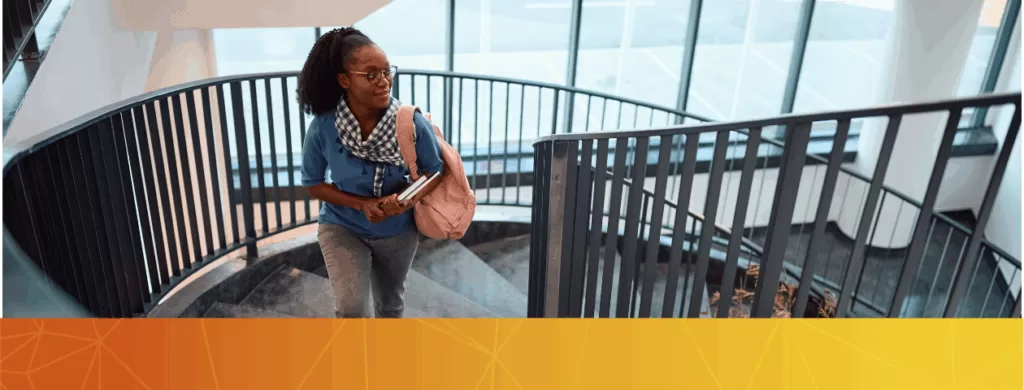
In recent years, higher education institutions (HEIs) across the globe have been actively seeking opportunities – for both students and faculty – to develop academic and interpersonal skills through various initiatives outside of the classroom. HEIs have been under scrutiny for solely providing formal in-classroom-teaching opportunities for students that are looking to enhance their academic learning experience.
Extensive studies have concluded that the intricate process of learning – which organically involves dynamic interaction between students and faculty – should not be confined by classroom perimeters. Academic research has exposed what effective learning should encompass and consistently shows that formal in-classroom-teaching is far from sufficient.
Faculty office hours
The transfer of academic knowledge in HEIs is one that naturally requires one-on-one interaction between the student and the faculty member. Research has demonstrated that teacher-student interactions have an exponential impact in the student’s cognitive development and academic achievement.
Faculty office hours is one proactive measure, which allows students and faculty to network outside classroom walls. Moreover, academic institutions that actively promote teacher-student interactions are likely to reap a host of benefits, such as increasing students’ engagement in the courses offered, active involvement in the learning process and overall desire to work hard.
Learning development centers
Similarly, learning development centers are also an effective mechanism of ensuring that the students receive the customized academic support that they need to ensure enhanced learning experiences during their time at university. This one-on-one interaction perpetuates the student’s involvement and curiosity in academic courses. It is worth noting that the process of interaction between students and teaching assistants, offered at learning development centres, serves as a mutually beneficial platform for both parties.
Faculty development programs
The Pearson Correlation analysis has indicated that although there is a positive, direct correlation between teacher-student interaction and student achievement, this does not prove true for cultivating faculty motivation. The analysis results suggest that teachers need to provide appropriate resources and development programs, to enhance their own skills to meet the needs of students beyond academic instructions in the classroom.
Faculty development programs have been increasingly recognized as a worthy investment, which evidently increases faculty motivation and ultimately reflects students’ academic development. Essentially, these programs should provide faculty leadership development and skills training to meet their job requirements, through a number of initiatives such as workshops and online resources.
Global universities that strive to facilitate progression schemes for both faculty and students should be recognized and commended for their efforts. Providing students with formal classroom teaching is no longer enough to maintain a competitive edge in the higher education market. The QS Stars Teaching Intensive Track aims to highlight institutions’ efforts to enhance the overall student and faculty development within the academic institution that they work and/or study at.
Learn more about QS Stars here.



